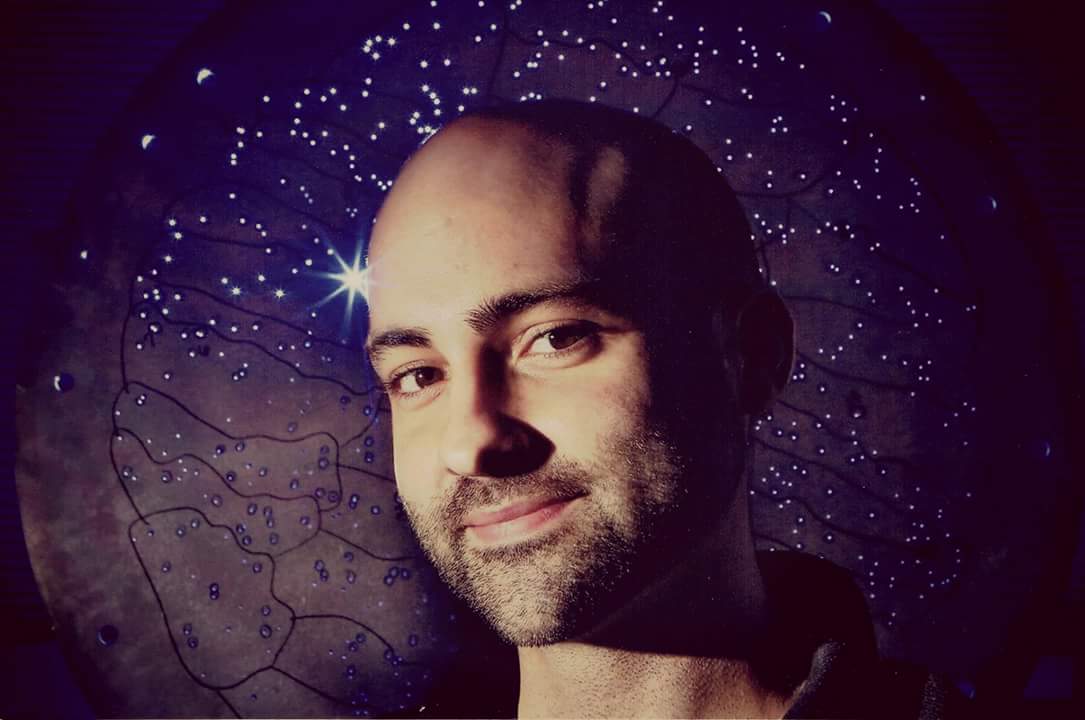Paul M. Sutter is a cosmologist at Johns Hopkins University. A prolific scientist, he has written over 60 academic publications on topics such as the earliest moments of the big bang and the largest objects in the universe. Paul is also an award-winning science communicator. He has authored three critically acclaimed, international bestselling books and has hosted television shows on Discovery, Science Channel, History Channel, and numerous digital outlets. You can find his essays in The New York Times, Scientific American, Nautilus, and more. In addition to regular appearances on NBC News, BBC News, CNN, and The Weather Channel, Paul has developed one of the most popular podcasts in the world and is a globally recognized leader in the intersection of art and science, especially in his role as a United States Cultural Ambassador.
Latest articles by Paul Sutter
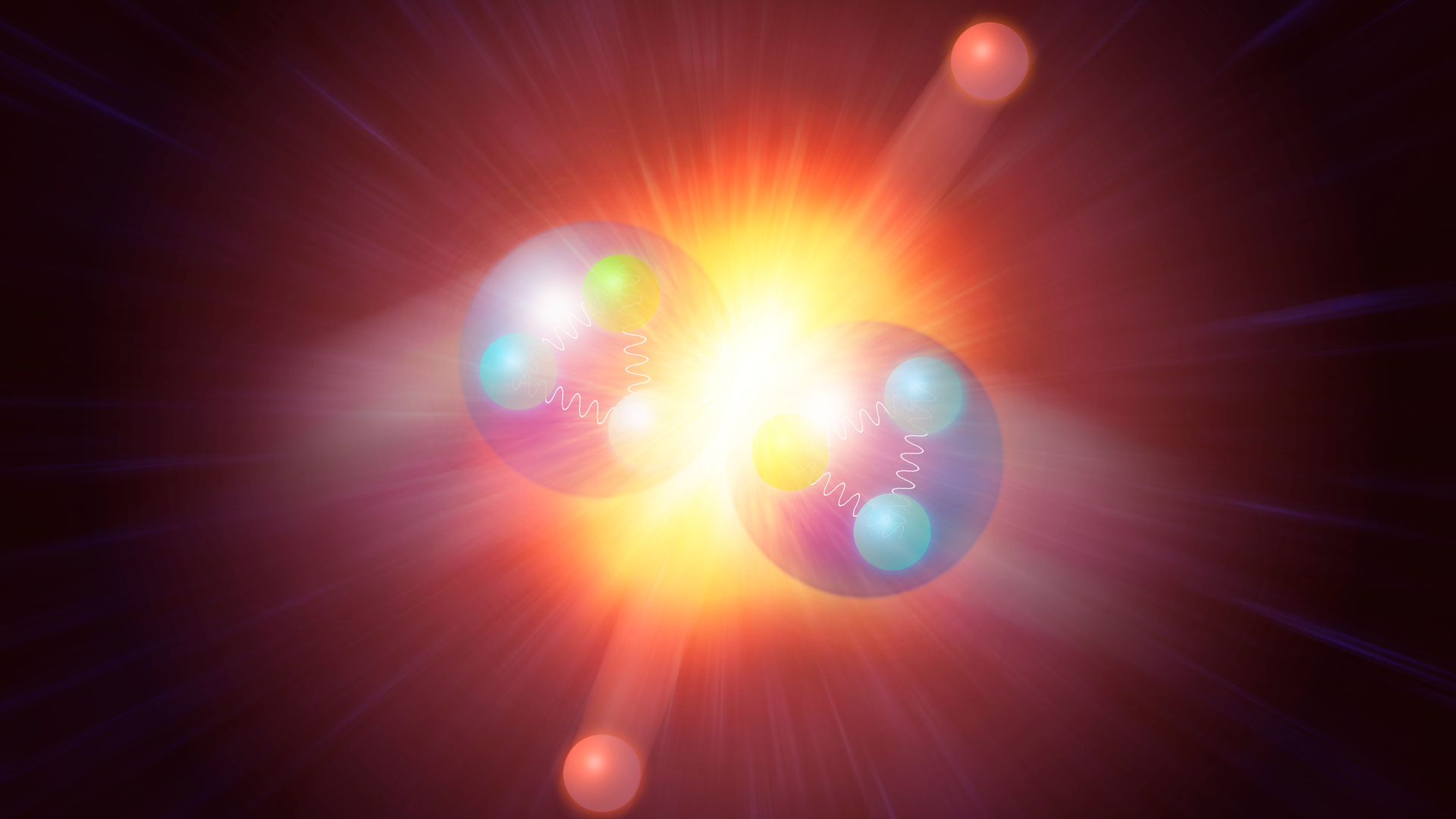
What is the weak nuclear force and why is it important?
By Paul Sutter published
The weak nuclear force doesn't play by the normal rules — and, in fact, it breaks one of the biggest rules of all.
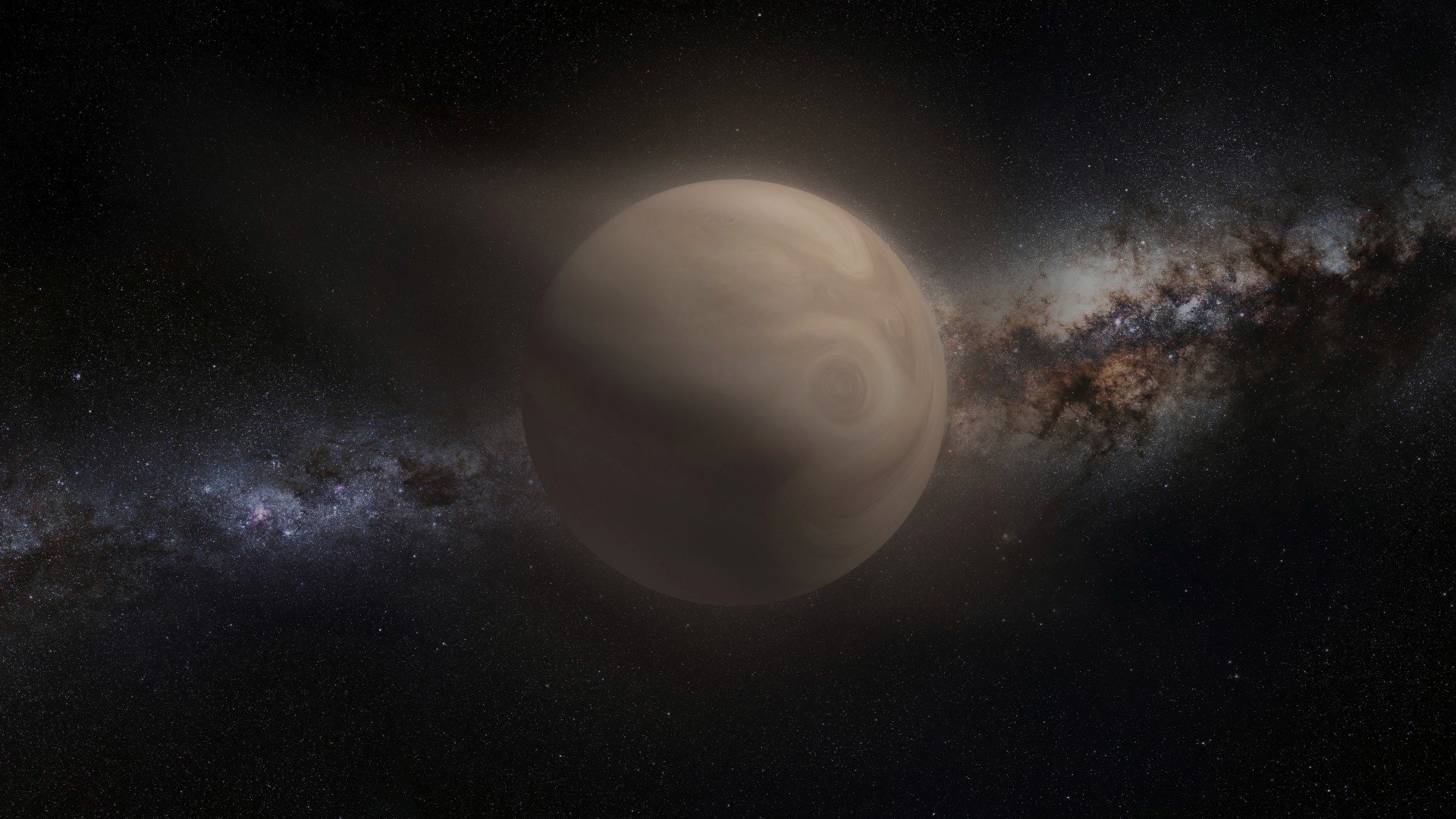
Strange 'puffy' alien world breaks every rule for how planets should behave
By Paul Sutter published
If you think you've met the wildest exoplanet yet, you haven't learned about TOI-4507 b. This strange world breaks almost every known rule for how planets should behave.
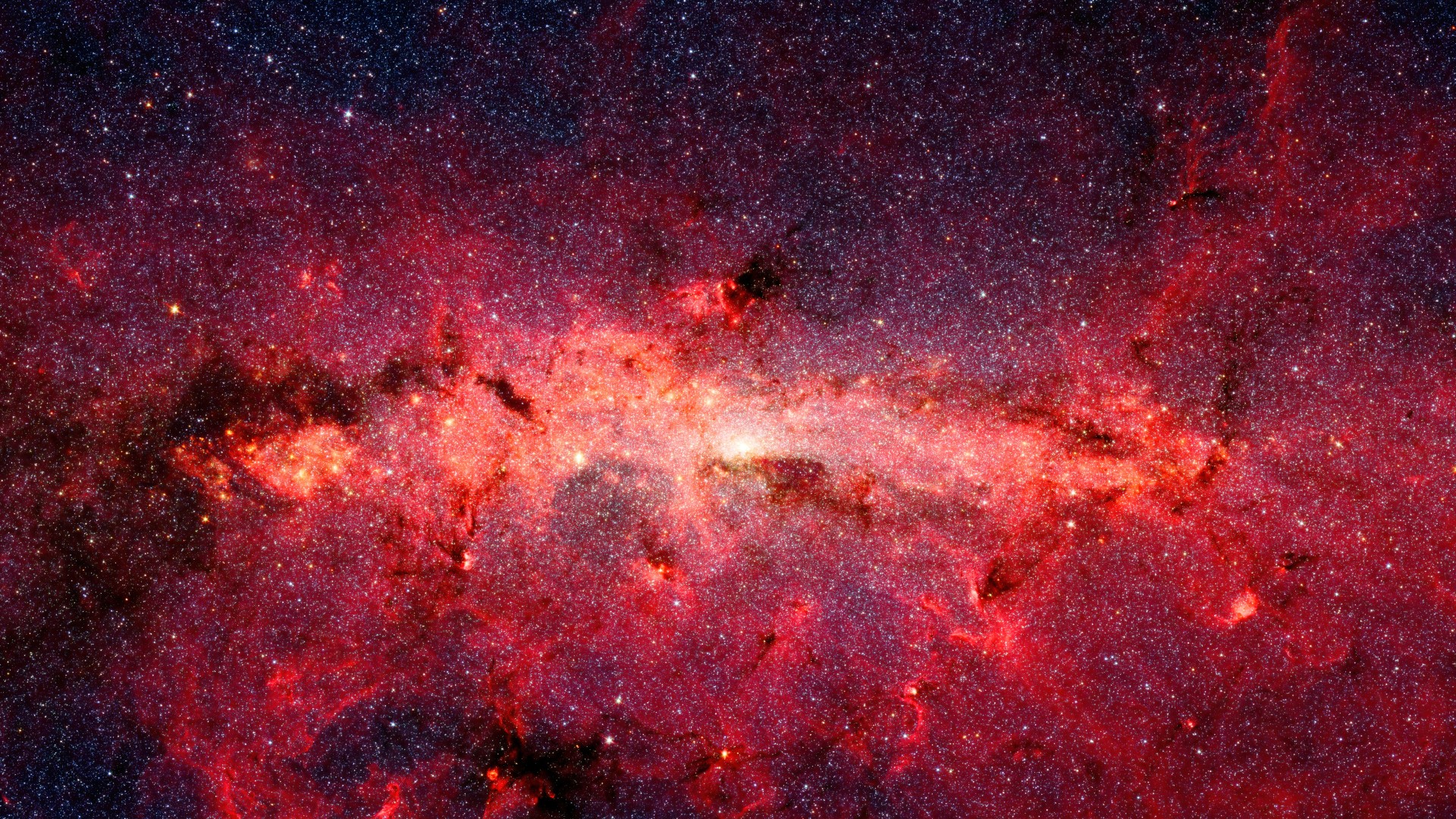
Is the universe infinite, or does it have a limit?
By Paul Sutter published
If the universe is expanding, then what is it expanding into, and what is it expanding from? Where's the edge of the universe, and where is its center?

Uranus and Neptune may not be 'ice giants' after all, new research suggests
By Paul Sutter published
We actually know very little about what's going on inside Uranus and Neptune, causing researchers to propose that these planets be called "rocky giants" instead.

How do particle colliders work?
By Paul Sutter published
As the name suggests, particle accelerators involve accelerating subatomic particles to incredibly high speeds and smashing them into tiny targets.

Will the International Space Station be replaced before its fiery death in 2030?
By Paul Sutter published
NASA plans to send the ISS into Earth's atmosphere in 2030, and it has no plans for a replacement — at least, not directly.
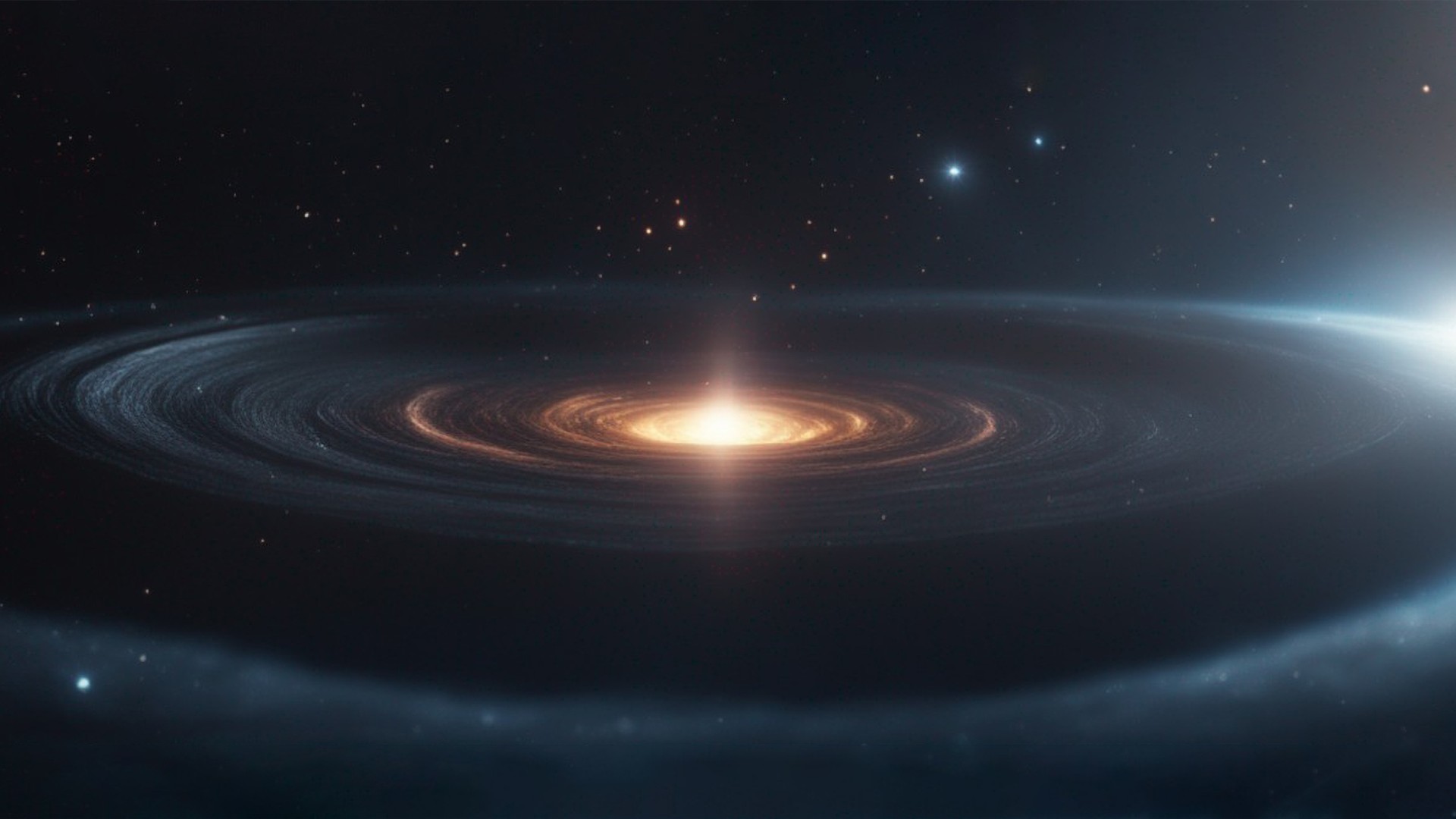
Ripples from the Big Bang could transform our understanding of the universe — and we may be close to detecting them
By Paul Sutter published
It will take the most sensitive instruments ever imagined to reveal ripples from the Big Bang, but they could change our understanding of the entire universe.
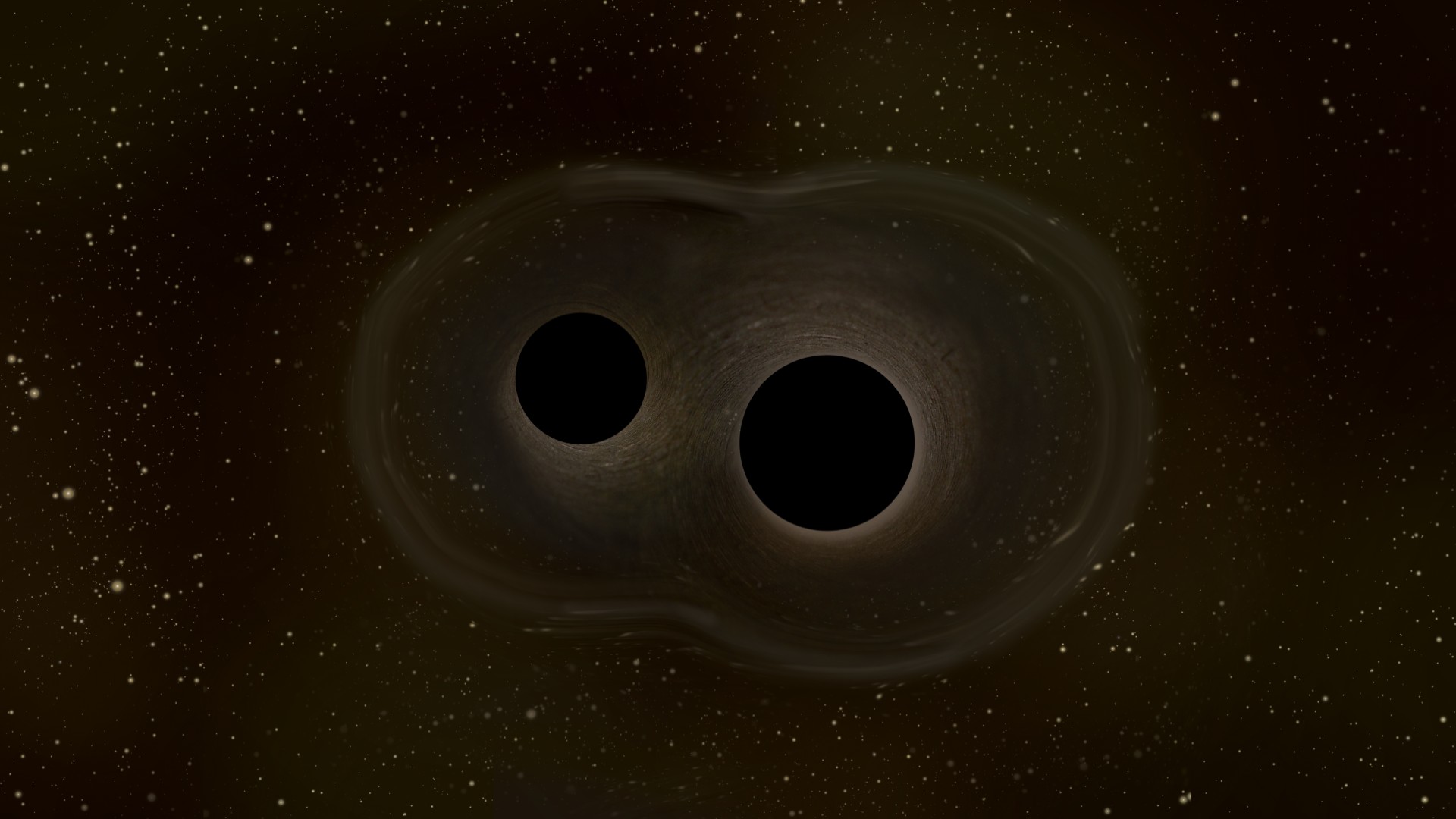
Could black hole mergers finally solve the Hubble tension? Probably not
By Paul Sutter published
Astronomers just ruled out merging black holes as a possible solution to a giant discrepancy plaguing cosmology.
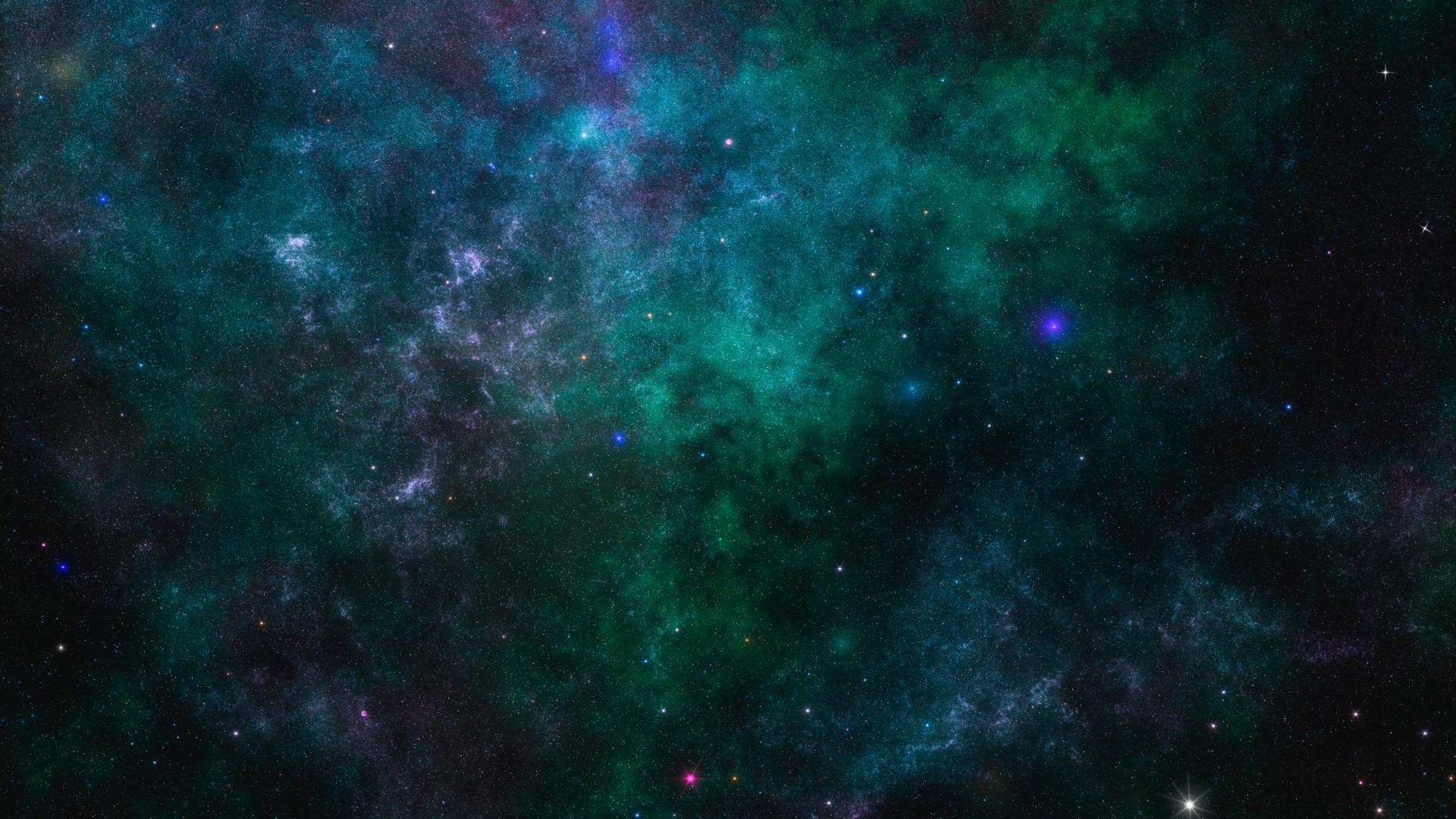
One of the earliest galaxies in the universe was rich in oxygen. Could it mean life evolved earlier than we thought?
By Paul Sutter published
A galaxy in the early universe was rich with oxygen, astronomers have found. The discovery raises questions about how early life could have first appeared in the universe.
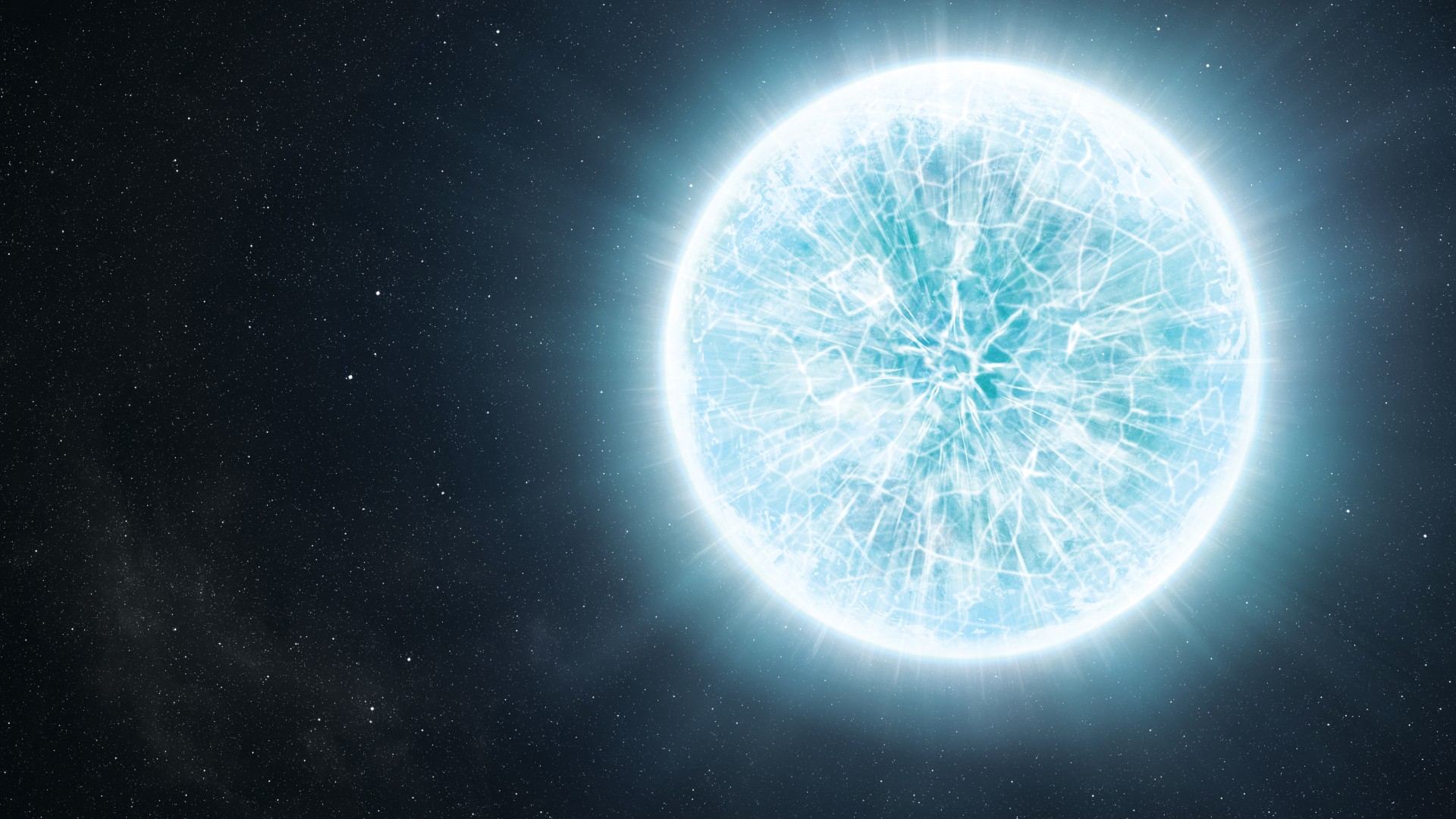
How do the biggest stars in the universe grow so large?
By Paul Sutter published
Some stars in the universe grow to 300 times larger our own sun. But how do they get so big, and how do they sustain their mass?
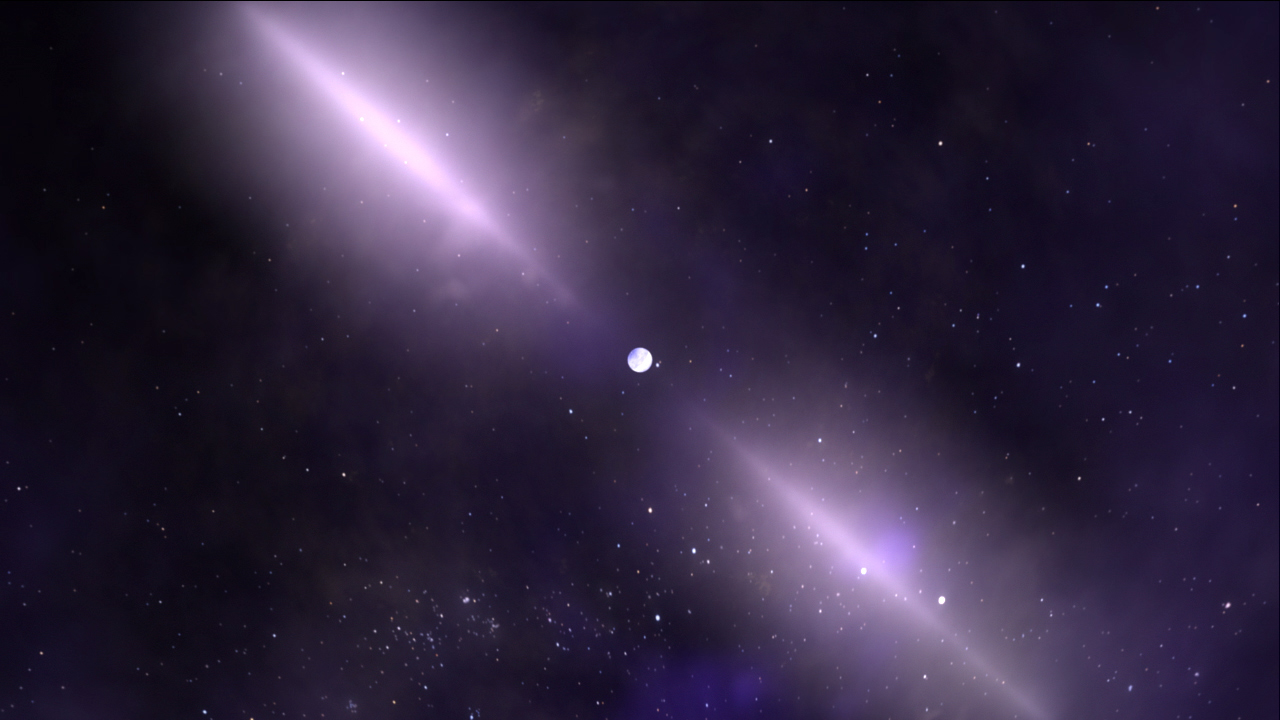
Rapidly spinning dead star's strange 'glitches' are oddly regular
By Paul Sutter published
Ultimately, we do not understand where glitches come from or exactly what's going on inside pulsars.
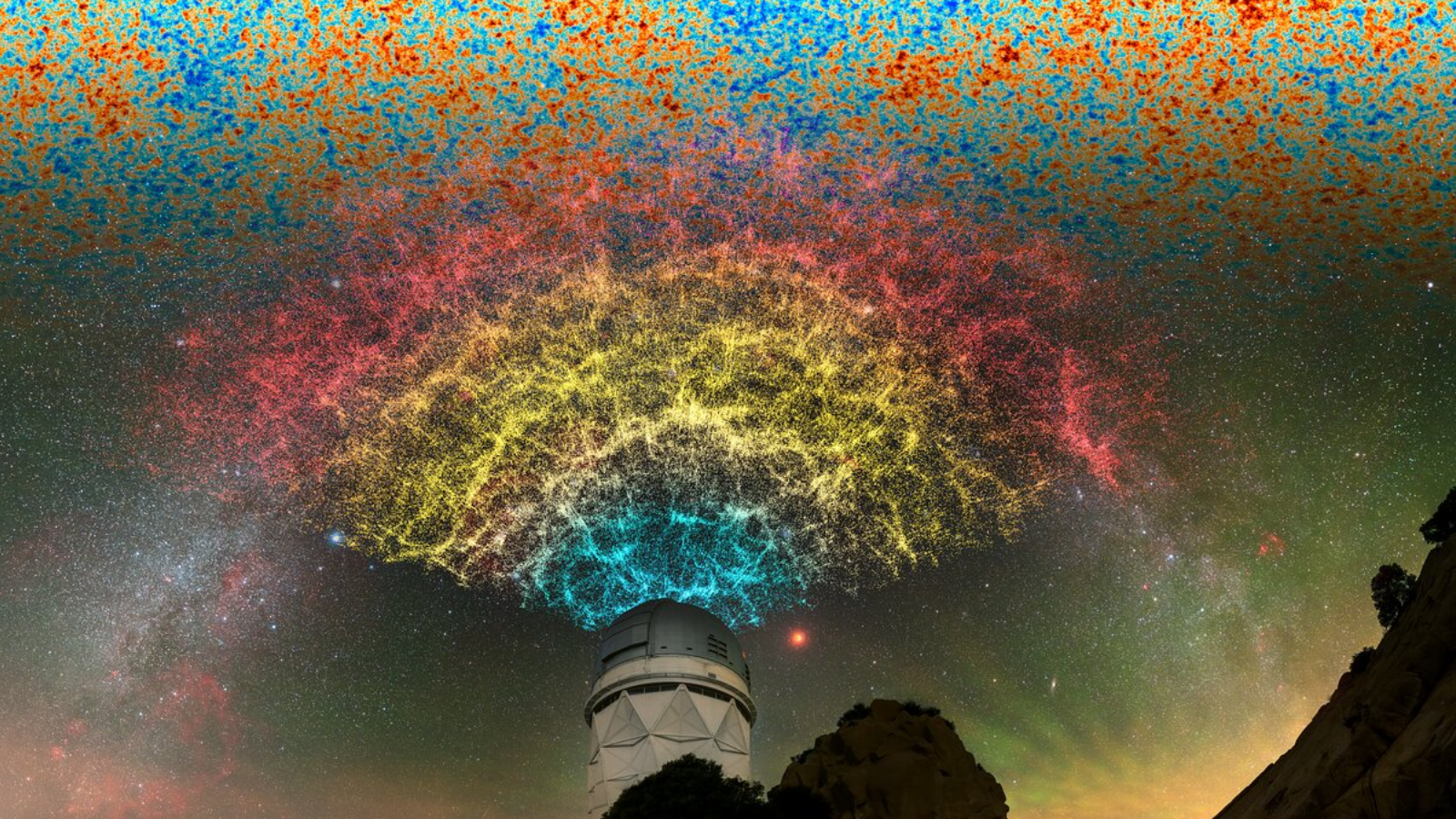
Astronomers calculate that the universe will die in 33 billion years — much sooner than we thought
By Paul Sutter published
The theorists predict that the beginning of the end will be in about 10 billion years — less than the present age of the universe.
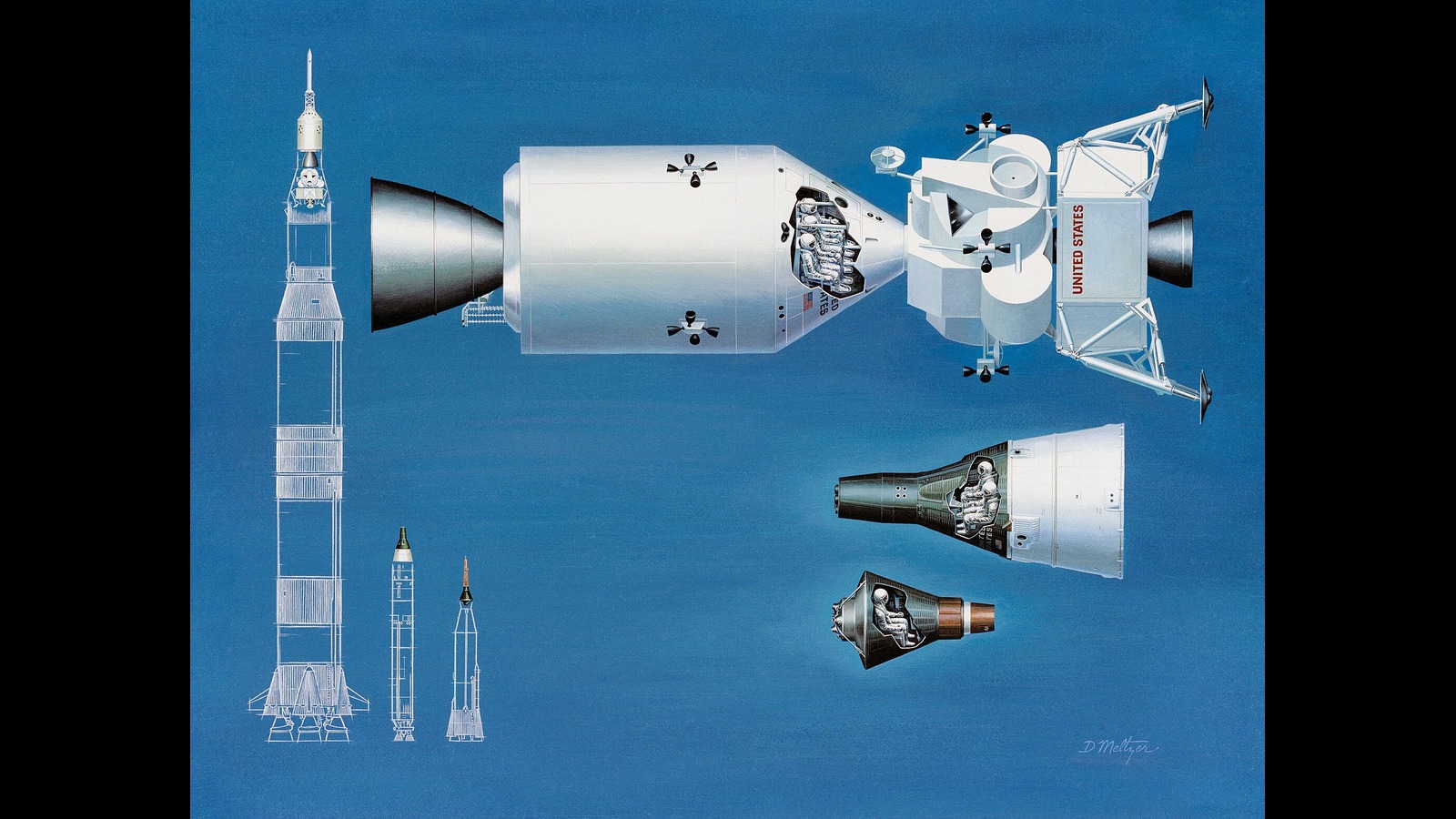
ChatGPT could pilot a spacecraft unexpectedly well, early tests find
By Paul Sutter published
In a recent contest, teams of researchers competed to see who could train an AI model to best pilot a spaceship. The results suggest that an era of autonomous space exploration may be closer than we think.

There's an infinite amount of energy locked in the vacuum of space-time. Could we ever use it?
By Paul Sutter published
Unfortunately, any work you do in the universe will have to be done the old-fashioned way.
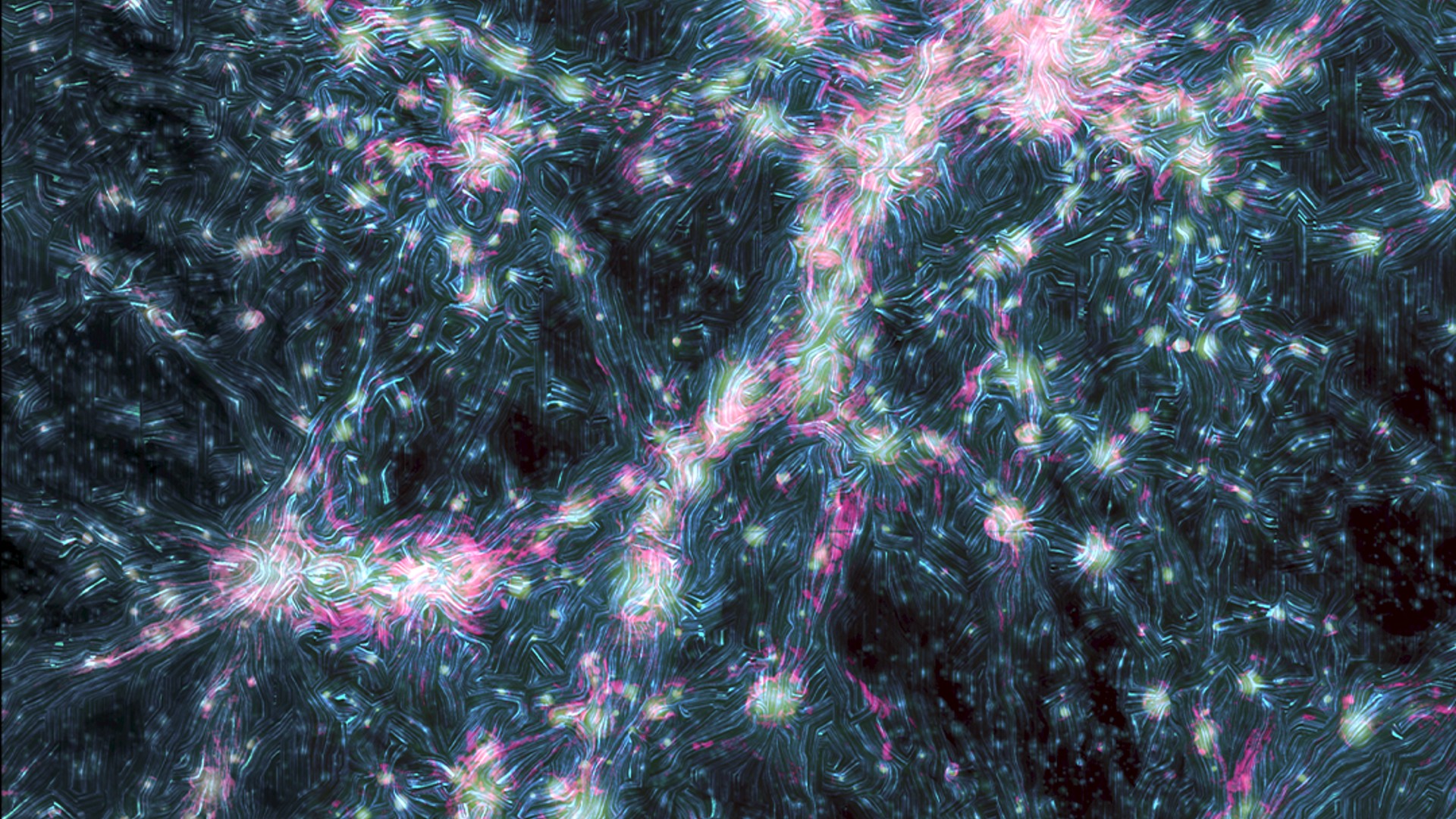
Vast cosmic voids are far from empty — they're hiding something dark
By Paul Sutter published
The vast, seemingly empty spaces between galaxies are not entirely empty. So what's in these cosmic voids?
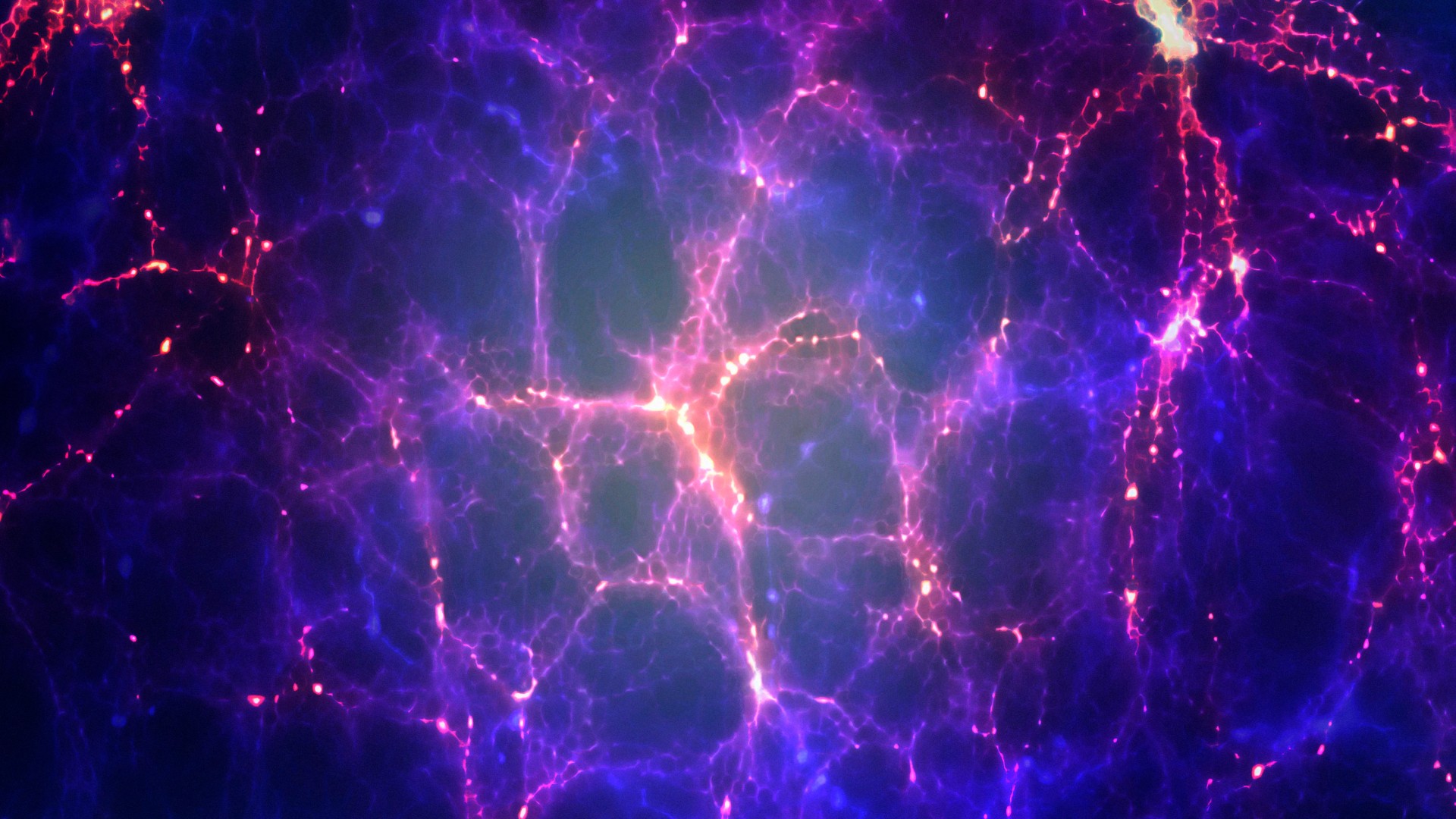
Magnetic fields appear to be as old as the universe itself. What created them?
By Paul Sutter published
New research suggests that the largest magnetic fields in the universe originated through some exotic mechanism that absolutely soaked the early cosmos.
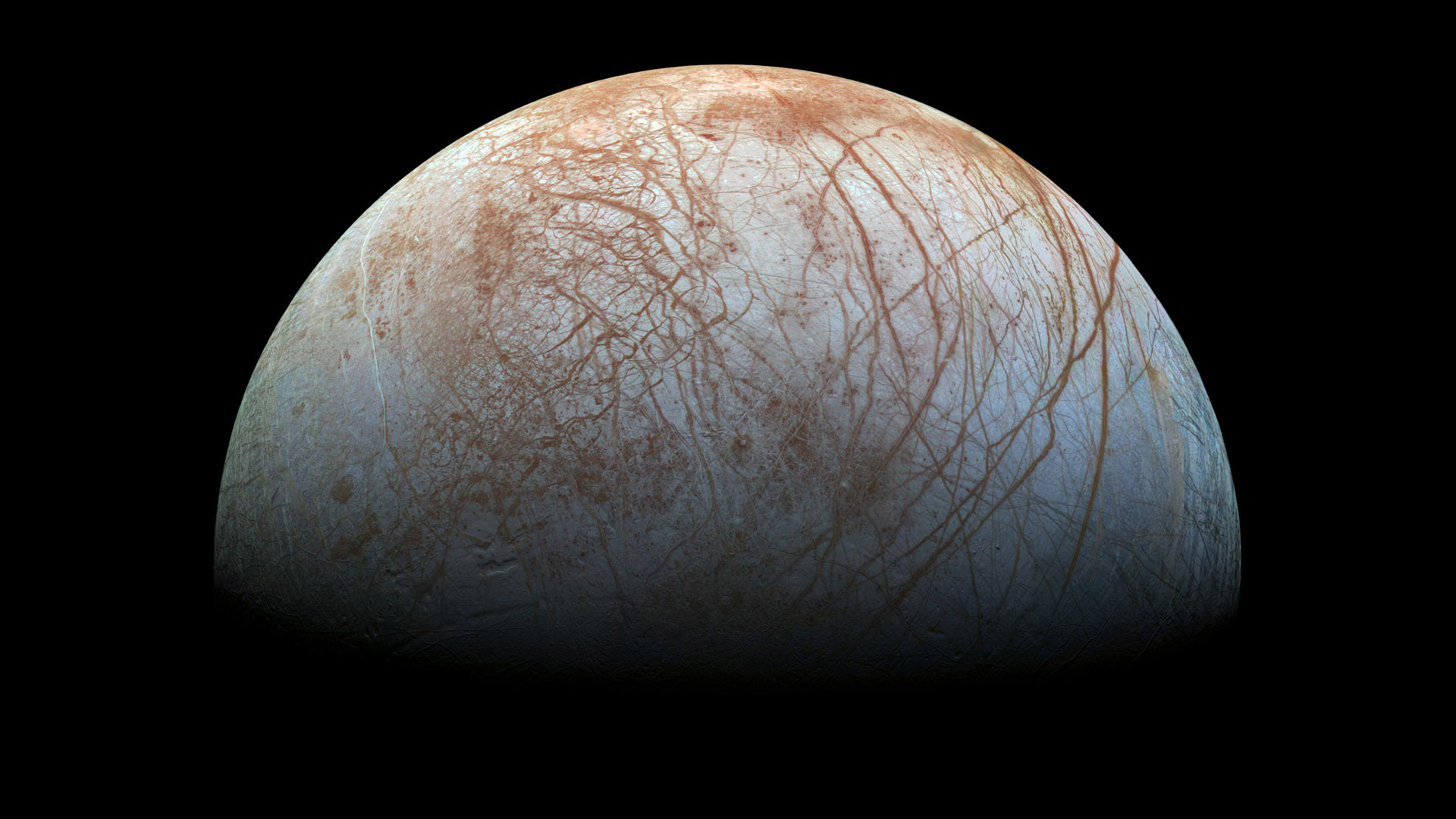
When the sun dies, could life survive on the Jupiter ocean moon Europa?
By Paul Sutter published
New research suggests there may be a narrow window of possibility for life to persist on the icy moons of the outer solar system.
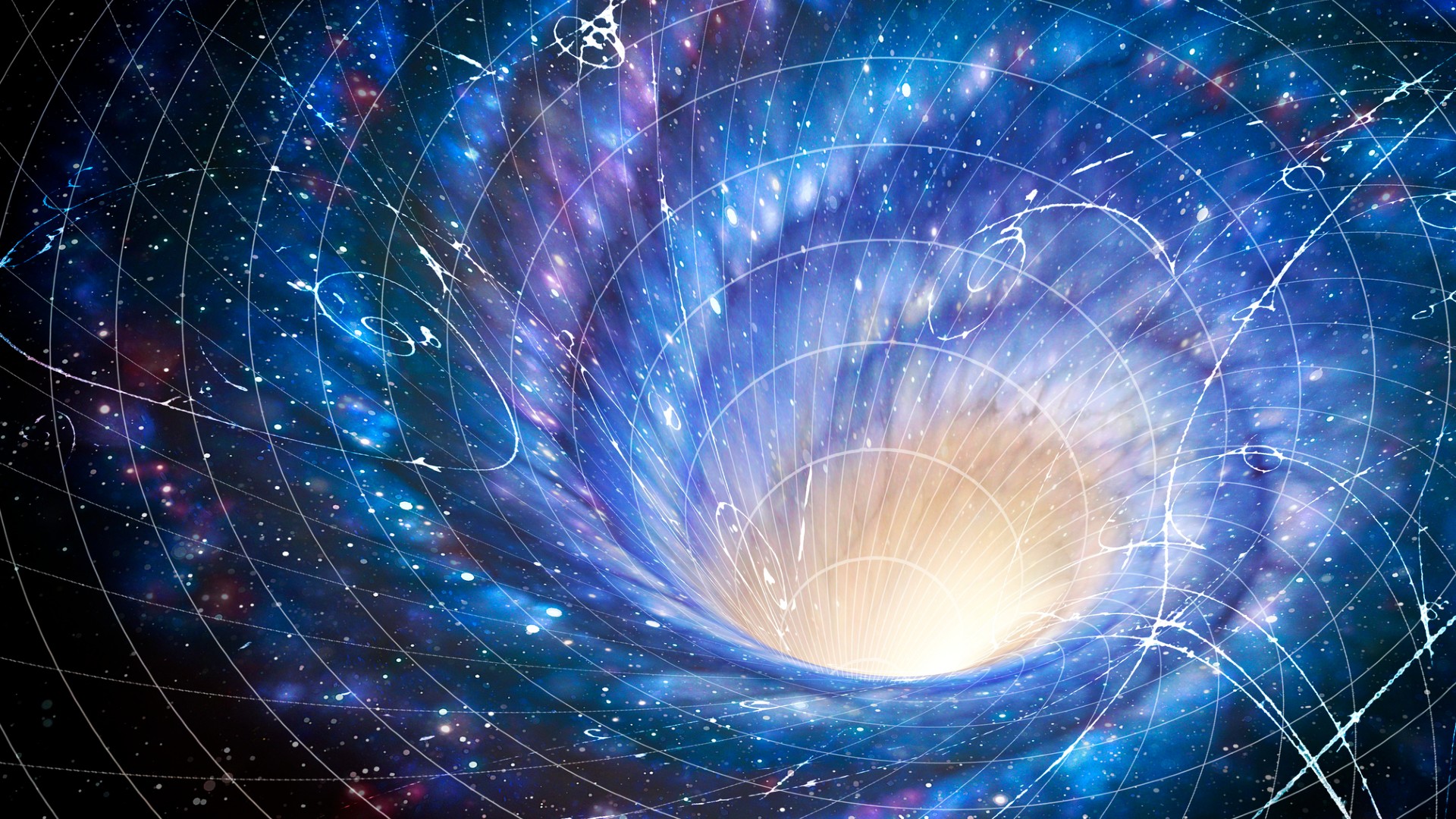
Why do the numbers that shape our universe exist at all?
By Paul Sutter published
There is a set of very special numbers, known as the fundamental constants of nature, that cannot be explained. Where do they come from?
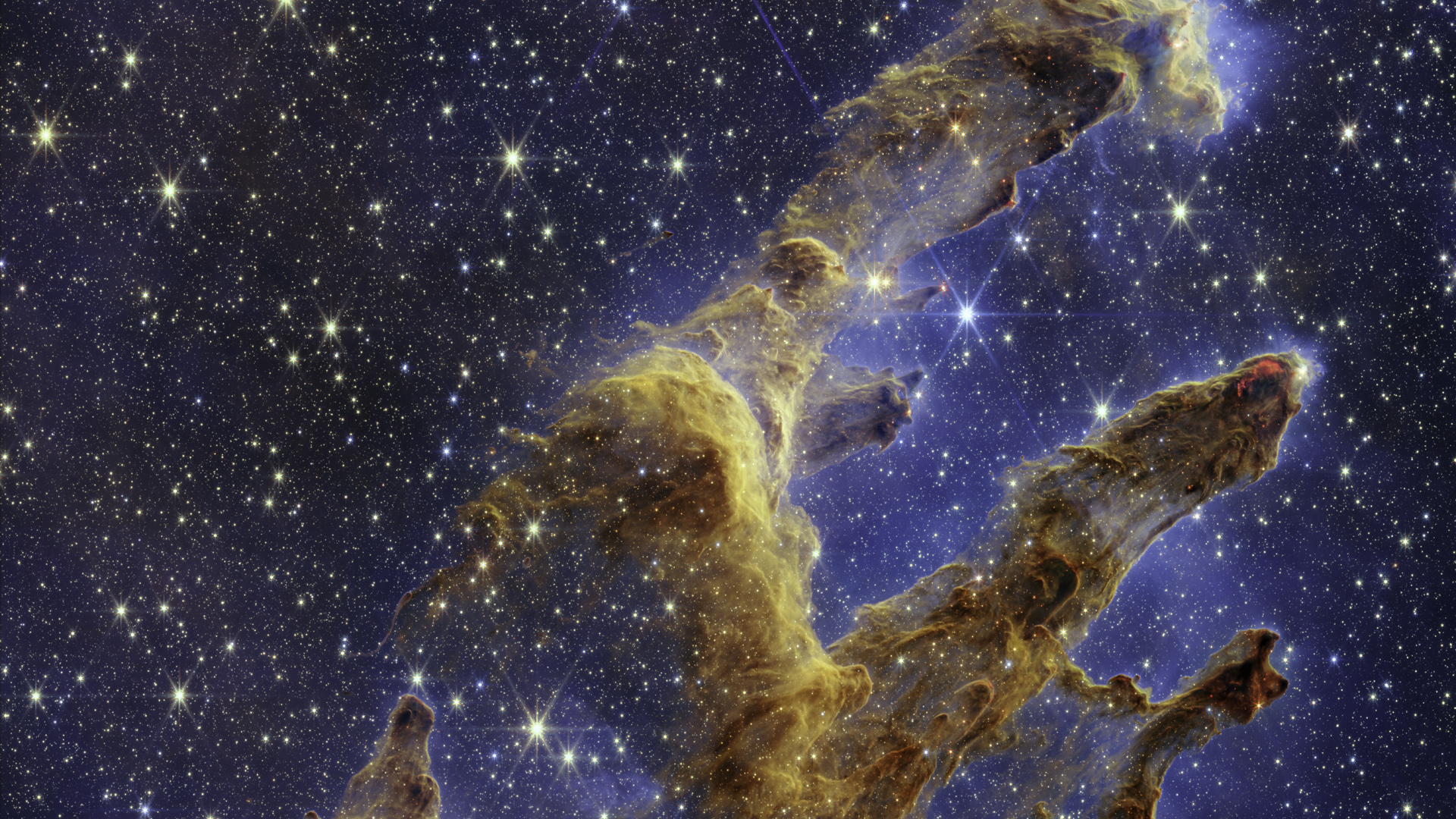
The physics of the universe appear to be fine-tuned for life. Why?
By Paul Sutter published
The physical constants of the universe appear to favor the existence of life. So why are we here?
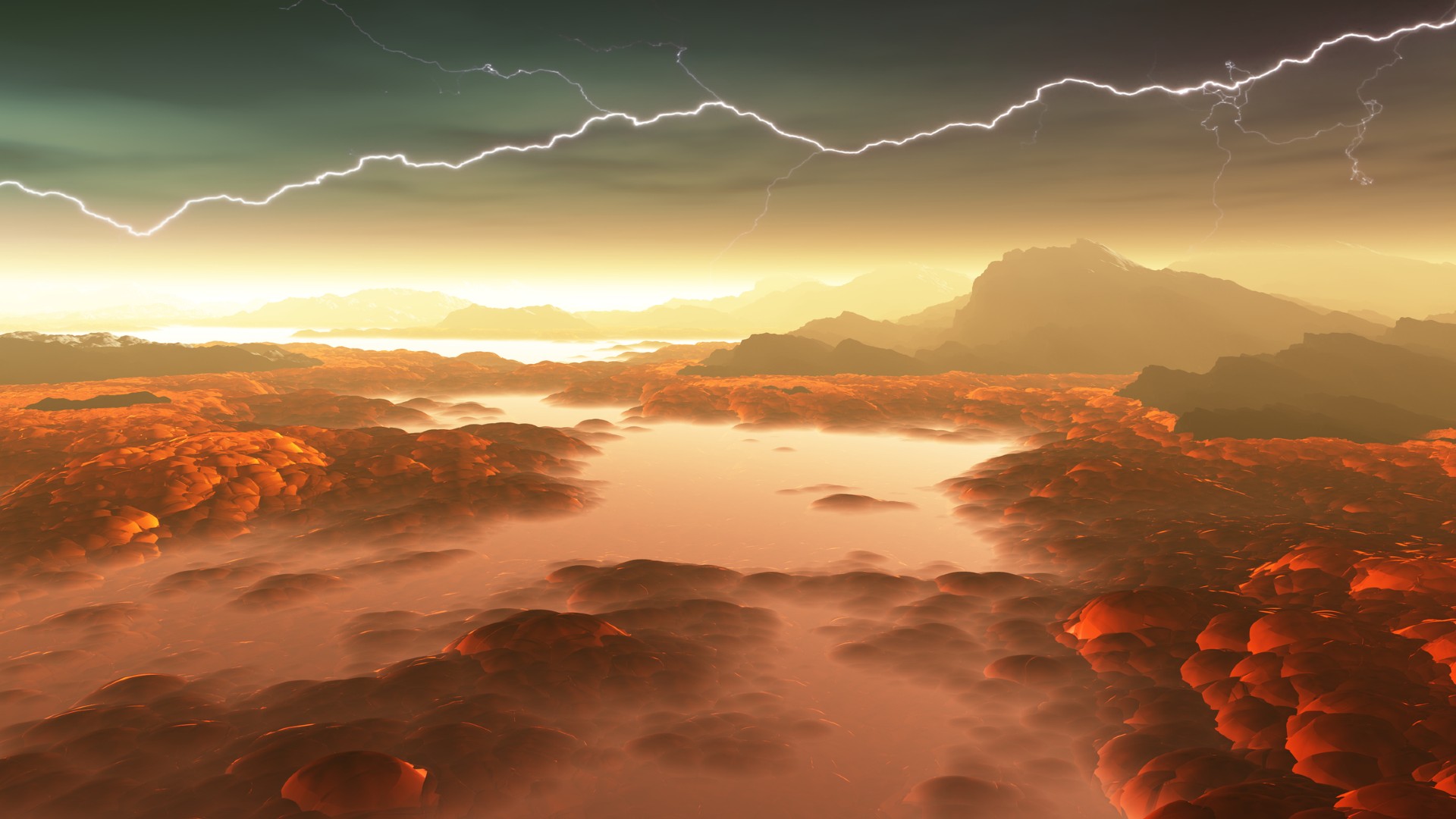
Lightning on alien worlds may fail to spark life, simulations suggest
By Paul Sutter published
New research has found that lightning, while not very common, can occur on tidally locked exoplanets like our nearest neighbor, Proxima b.
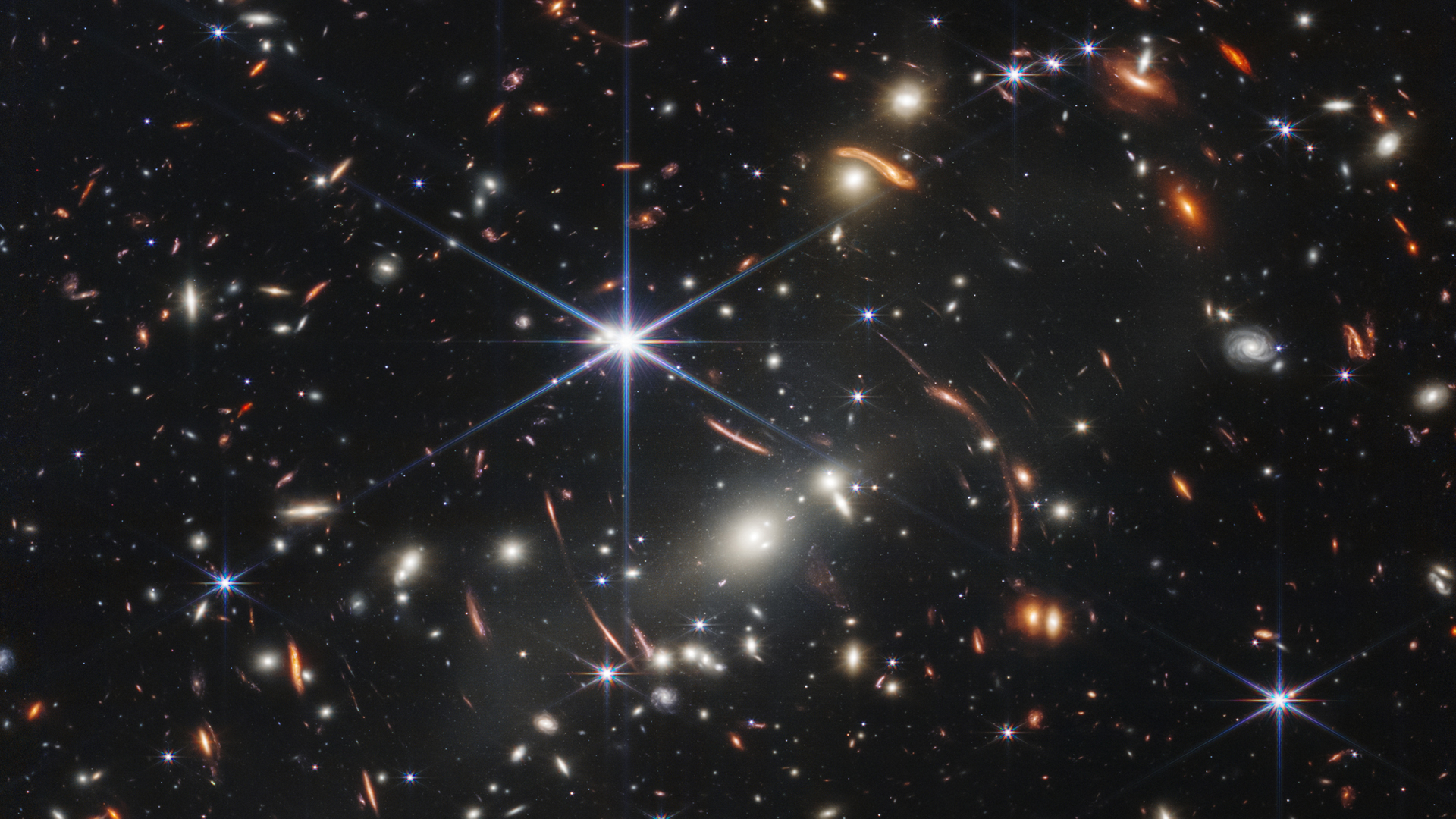
Why do dwarf galaxies line up? 'Zippers' and 'twisters' in the early universe may solve a galactic mystery
By Paul Sutter published
Structures known as "zippers" and "twisters" in the early universe may explain why dwarf galaxies tend to line up with each other, as well as hint at how dark matter operates in the universe.
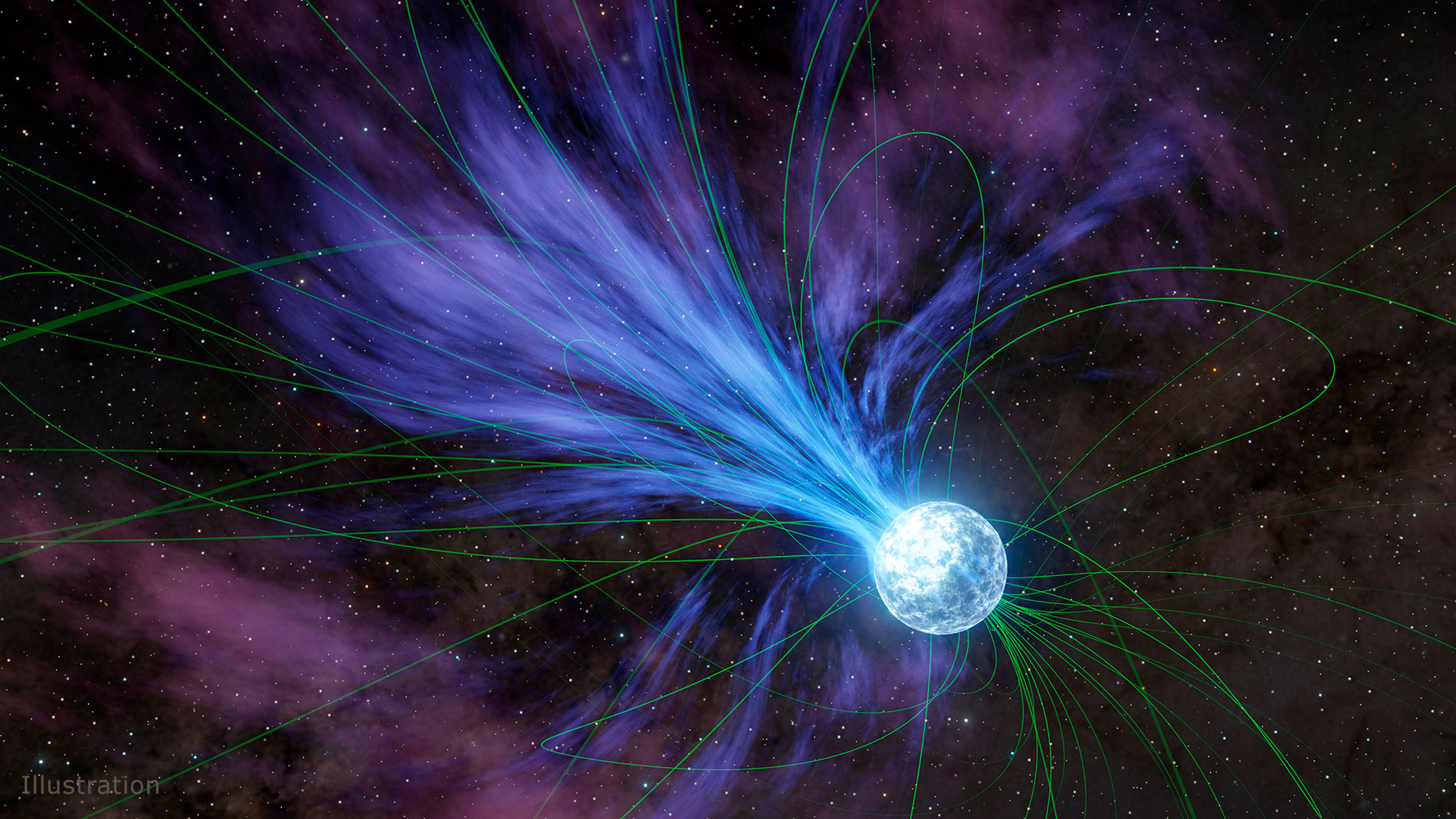
What happens inside neutron stars, the universe's densest known objects?
By Paul Sutter published
Neutron stars are some of the weirdest cosmic objects, and the greatest mysteries lie deep in their hearts.
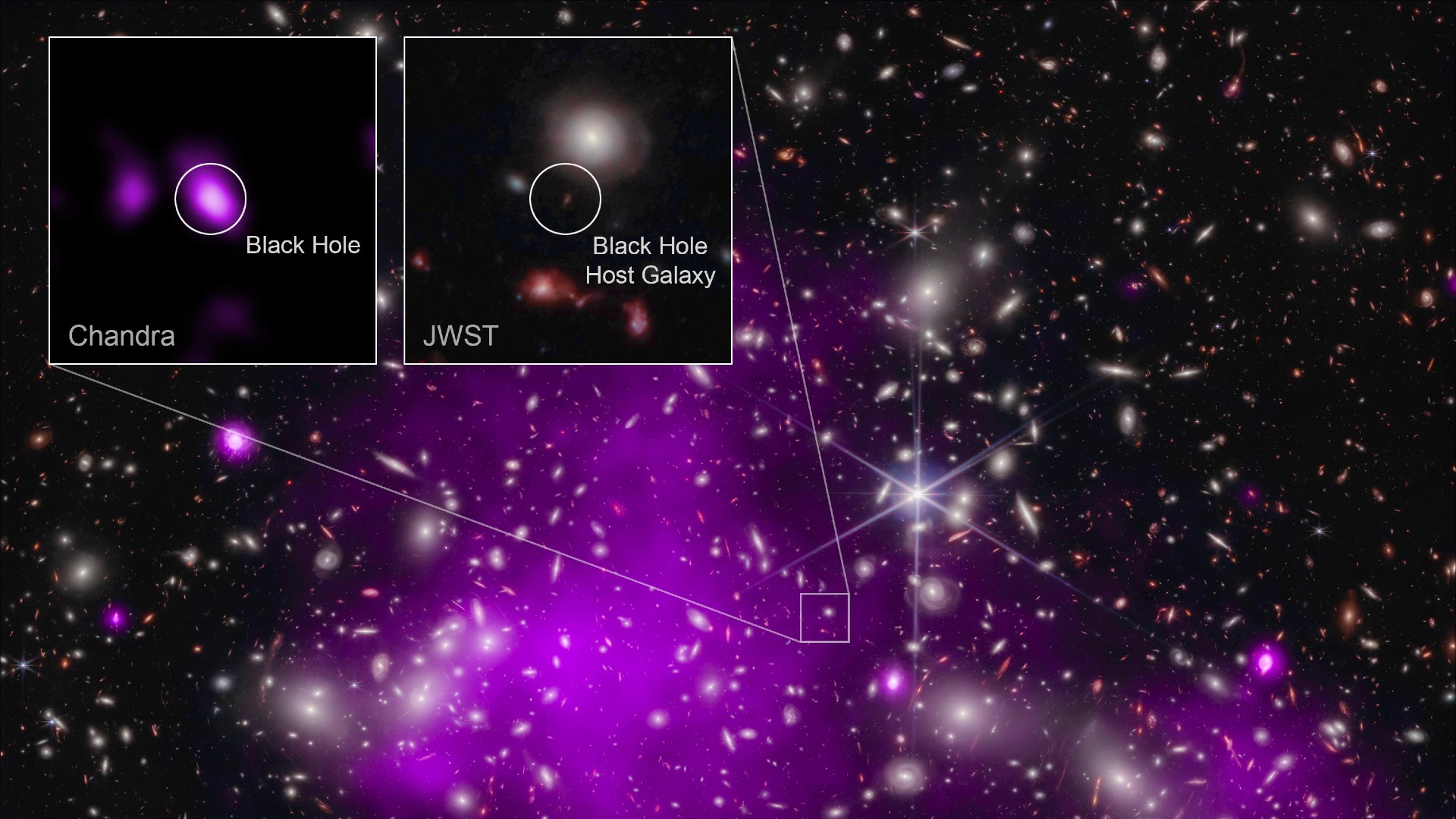
How did this ancient black hole get so big?
By Paul Sutter published
While it's much smaller than the largest supermassive black holes detected, it's still a whopper considering how early in the history of the universe it appeared.
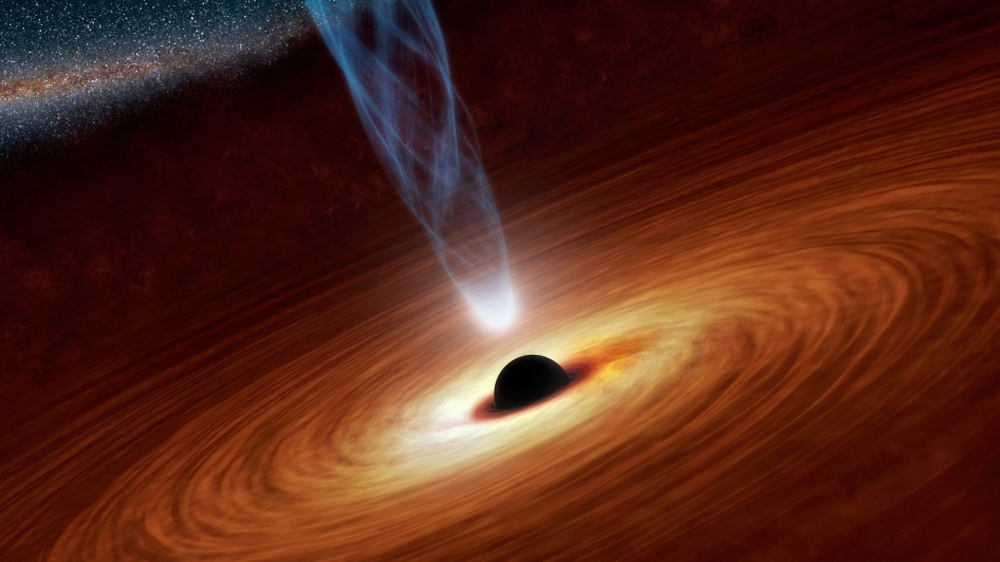
Ultralight dark matter may have helped monstrous black holes form in the early universe
By Paul Sutter published
The infant universe's population of huge black holes could owe itself to ultralight dark matter, scientists say.
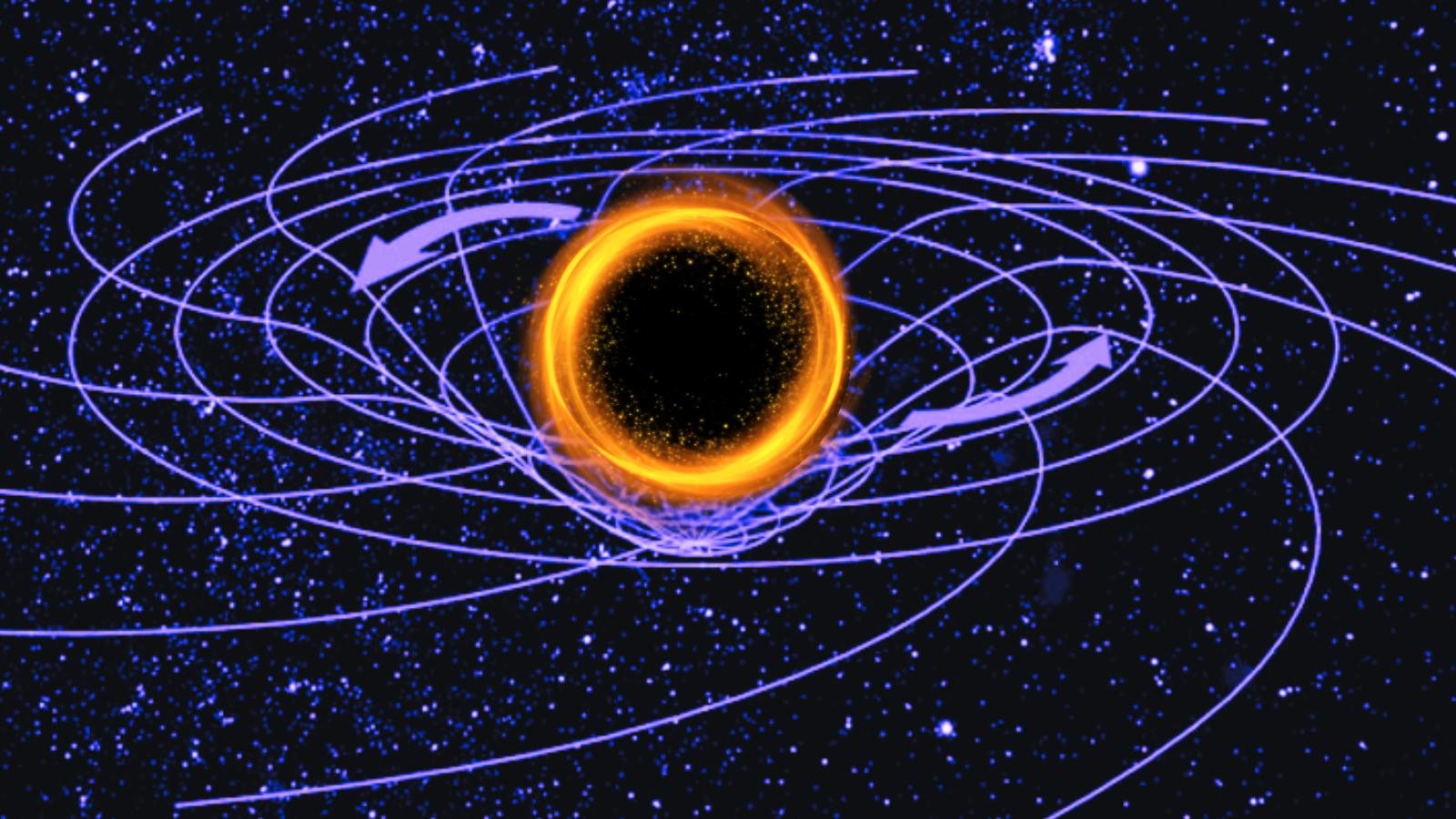
What is dark matter made of? New study bolsters case for 'primordial' black holes
By Paul Sutter published
In the early universe, primordial black holes could acquire a "dark charge," giving them an unnaturally long lifetime, new research suggests. This makes them an interesting candidate for dark matter.
Breaking space news, the latest updates on rocket launches, skywatching events and more!
